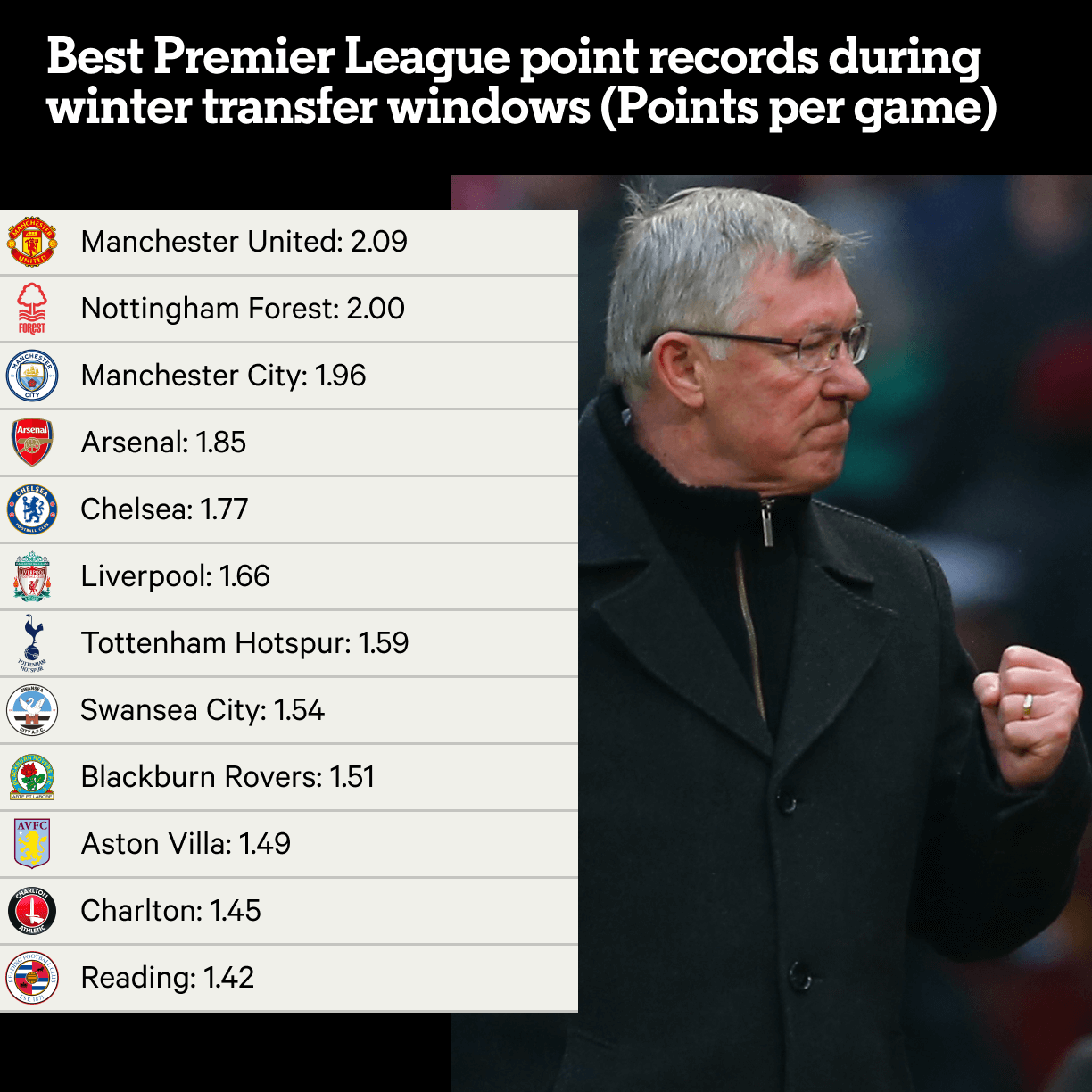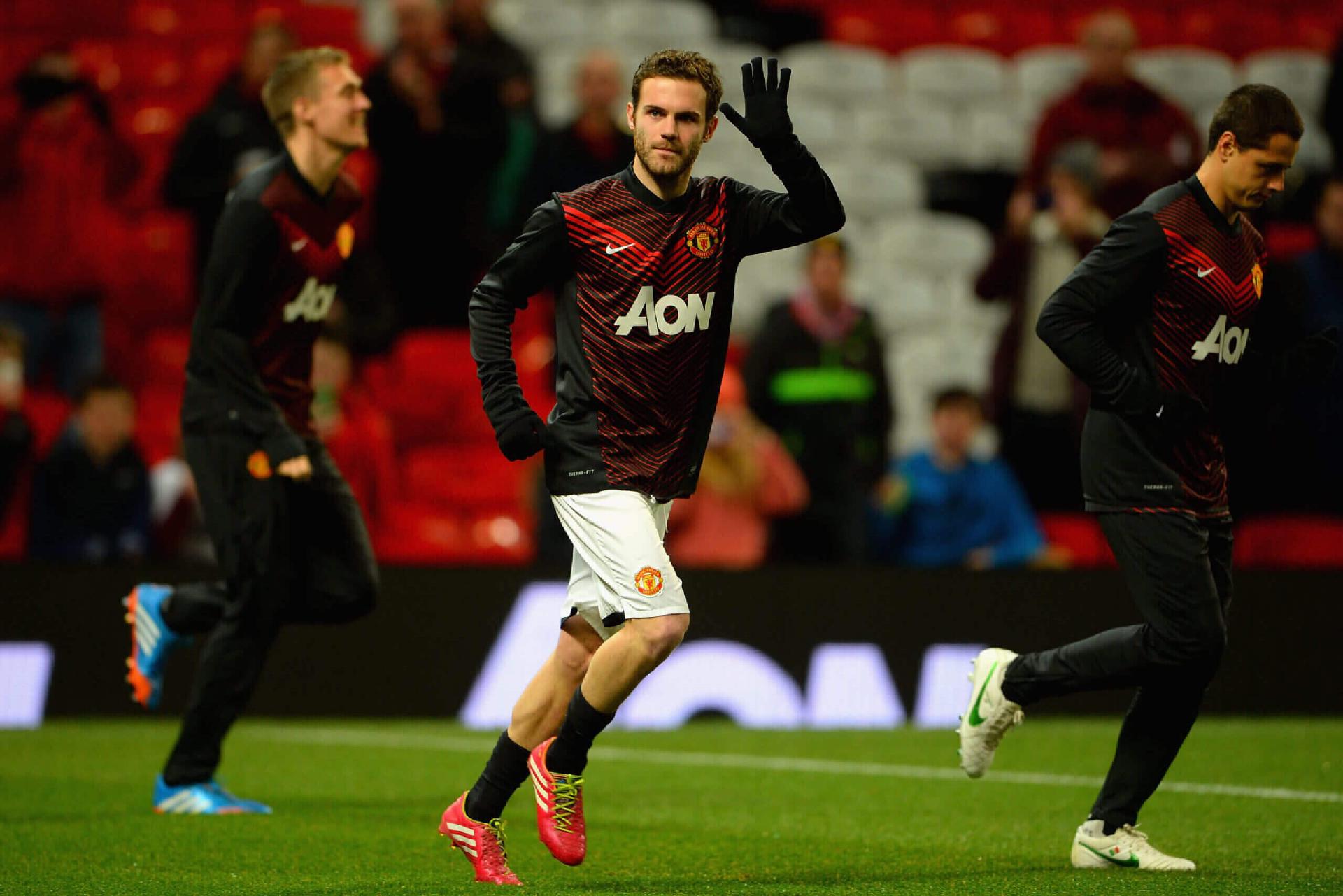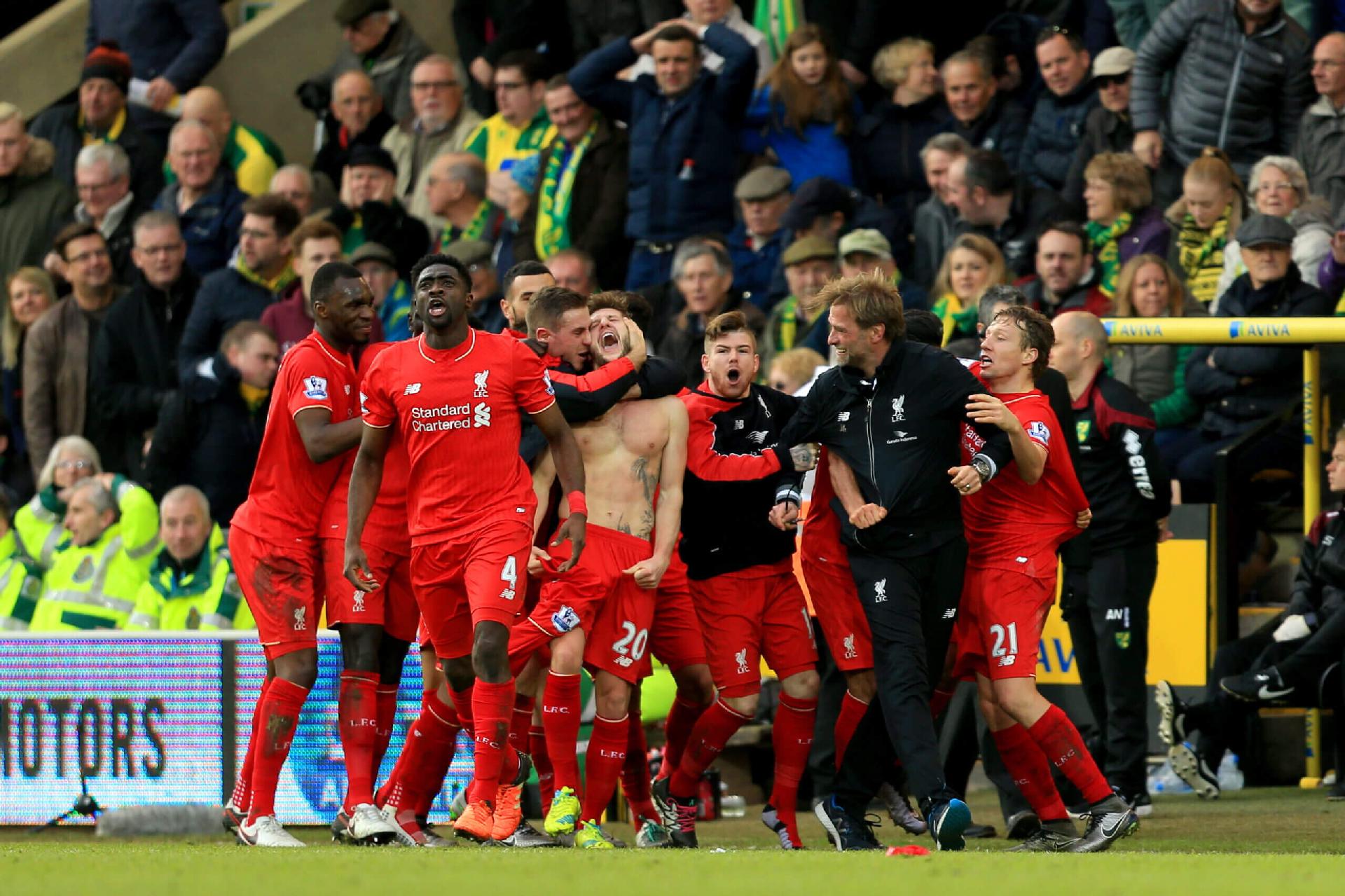The January transfer window: Analysing 20 years of results (on the pitch)
Stamfordblue 2023-01-30 22:30:18 评论
The year 2003 saw a revolution in the English transfer market.

That summer, Chelsea — recently acquired by Roman Abramovich — purchased 13 players in a spree that marked the start of a new Premier League era.
While six months earlier, the league had its first experience of the FIFA-imposed January transfer window.
No longer could clubs bring in new players at any point in the season up until the end of March. Now, all business was condensed into the summer and the first month of the year, plus, if January ended on a weekend or if there were adverse weather conditions (both happened in 2009) the first couple of days of February.
The Premier League of January 2003 now looks like a model of restraint, with only around £40million ($49.6m) spent — not enough to buy even half of Mykhailo Mudryk in 2023. Much of that went on the Leeds trio of Jonathan Woodgate, Robbie Fowler and Lee Bowyer, all rapidly shipped out of a club facing a difficult future.
And although the spectacle of clubs getting business done in the cold midwinter is in some ways as good as this sport gets, we shouldn't forget that actual football has to be played while all this is going on. So to mark two decades of the January transfer window — that's 656 days of recruitment opportunity — here is some analysis of intra-January window on-pitch Premier League action, as it's known.
Managers with the most defeats during the January window
There is surely no month that's cherished more by managers of struggling Premier League sides than January. An entire 12th of a year in which to rescue a failing campaign via the magic of done deals. And in the past 20 years a select band of beleaguered managers — Steve Bruce, Neil Warnock, Harry Redknapp, Alan Pardew and Sam Allardyce — have made that scene their own (Frazier Campbell is the only player to have played for all of these managers in the Premier League in case you were wondering).
It is no surprise, then, to see many of those names high up in this ranking. Bruce lost a Premier League-record 27 games during January transfer windows. His first came as Birmingham manager on New Year's Day 2003 against a Leeds team containing the soon-to-be-sold Woodgate.
Within 24 hours of losing 2-0 at Elland Road, Bruce proudly unveiled World Cup-winner Christophe Dugarry as a Birmingham City player. Dugarry played a pivotal role in keeping the club up but also set the tone for the type of marquee loan player Premier League clubs were now able to lure across the Channel.
Like Bruce, Sam Allardyce spent January 1 in 2003 losing 2-0 in an away game at an English side who have contested a European Cup final — Aston Villa in his case. Allardyce's reactive continental signing in January 2003 was military expert Salva Ballesta, who had much less impact than Dugarry did at Birmingham, failing to score in six Premier League appearances. Still, Big Sam would spend the rest of his time at Bolton crunching the numbers and his mobile phone buttons, tempting increasingly glamorous names to move to Lancashire.

Allardyce's 24th and presumably final transfer-window defeat came in 2021: 5-0 to Manchester City, early on in his unsuccessful attempt to keep West Bromwich Albion up. The drop-zone specialist's first relegation from the top flight followed a few months later.
A current Premier League manager rounds out the top three: David Moyes on 21 defeats, but crucially he won last weekend against Everton. The introduction of rapidly injured new signing Danny Ings didn't go to plan, but that victory means Moyes will see the end of this window at the very least, and may even get some business done.
Best-performing teams during the January transfer window

Manchester United have not won the Premier League for nine years but are still the only team to average more than two points per game during the January transfer window era. It's a historic level of performance and prestige that was encapsulated in the unveiling of Juan Mata in January 2014.
Mata greets Manchester United fans after singing in January 2014 (Photo: Michael Regan via Getty Images)

Mata was delivered to manager Moyes in a helicopter, a pocket square peeking out of his suit jacket, before assisting a goal in each of his first three appearances. His employment at Old Trafford would outlast Moyes' by some distance, even if the pocket square look failed to catch on among his peers.
Fans of small sample sizes and/or Nottingham Forest will be pleased to see the European Cup icons in second place here (points per game in the January transfer window), a position entirely earned by their performances in January 2023. From breaking the Premier League record for new signings in the 2022 summer window to posting two points per game in the winter window. That's progress.
It's no surprise to see the remainder of the 'Big Six' tucked behind United and Forest, but Blackburn and Swansea both averaging more than 1.5 points per game is less obvious.
Three of Steve Kean's 13 Premier League wins as Blackburn manager came in January 2011 (2) or January 2012 (1). Kean's performance in the winter transfer market was less impactful. His main move in 2011 was to bring Roque Santa Cruz “home” to Ewood Park — understandable given the Paraguayan's eye-catching 19-goal Premier League campaign for Rovers in 2007-08. But in a European club career that stretched from 1999 to 2015, 2007-08 was the only time Santa Cruz hit double figures, and he failed to score even once in his second spell with Blackburn.
Worst-performing teams during the January transfer window

Many of the usual suspects are down here. There's Huddersfield with one point from eight games, there's Cardiff with the same record, and congratulations Derby County for gaining nine per cent of your points from the 2007-08 season during the January transfer window.
The problem with being a team struggling at the foot of the Premier League is that it's understandably hard to persuade the sort of players who can alter your fortunes to sign for you, so clubs are often forced to go for quantity over quality.
Derby in 2007-08, for instance, brought in eight players in the January window, including 33-year-old Robbie Savage for more than £2m ($2.5m) and fellow 30-somethings Alan Stubbs, Roy Carroll, Danny Mills and Laurent Robert. But this was not the Robert who had starred for Newcastle at the beginning of the decade, and by April he had left for Toronto FC. The identity of the player whose strike earned Derby's single point in January 2008? It wasn't a Derby employee, it was Manchester City's Sun Jihai with an own goal in a 1-1 draw.
Notable results during the January transfer window
There are two January transfer window games that have produced nine goals. In 2010, Chelsea defeated Sunderland — yes, managed by Steve Bruce — 7-2, in a game where Chelsea were affected by that other January variable, the Africa Cup of Nations. Despite being shorn of four first-team players (Didier Drogba, Michael Essien, John Obi Mikel and Salomon Kalou) Chelsea did not feel the need to do any business at all that month. Their reward: a Premier League and FA Cup double.
The Premier League's other nine-goal January window match is Liverpool's 5-4 win at Norwich in 2016, a match notable for precisely two things.
Adam Lallana celebrates scoring Liverpool's fifth goal against Norwich City in January 2016 (Photo: Stephen Pond via Getty Images)

Most memorably Liverpool's celebrations after Adam Lallana's injury-time winner, which included Christian Benteke sending Jurgen Klopp's glasses flying. But this game was also Steven Caulker's last Premier League appearance for Liverpool, the on-loan QPR defender making his third and final league cameo as an injury-time substitute striker, possibly the most specialist role the competition has ever seen.
Chaotic scenes from imperfect football teams. That's January transfer window football for you.
- 消息参考来源: SN_SPIDER_MANUAL
- 严禁商业机构或公司转载,违者必究;球迷转载请注明来源“懂球帝”
- 懂球帝社区规范:抵制辱骂

